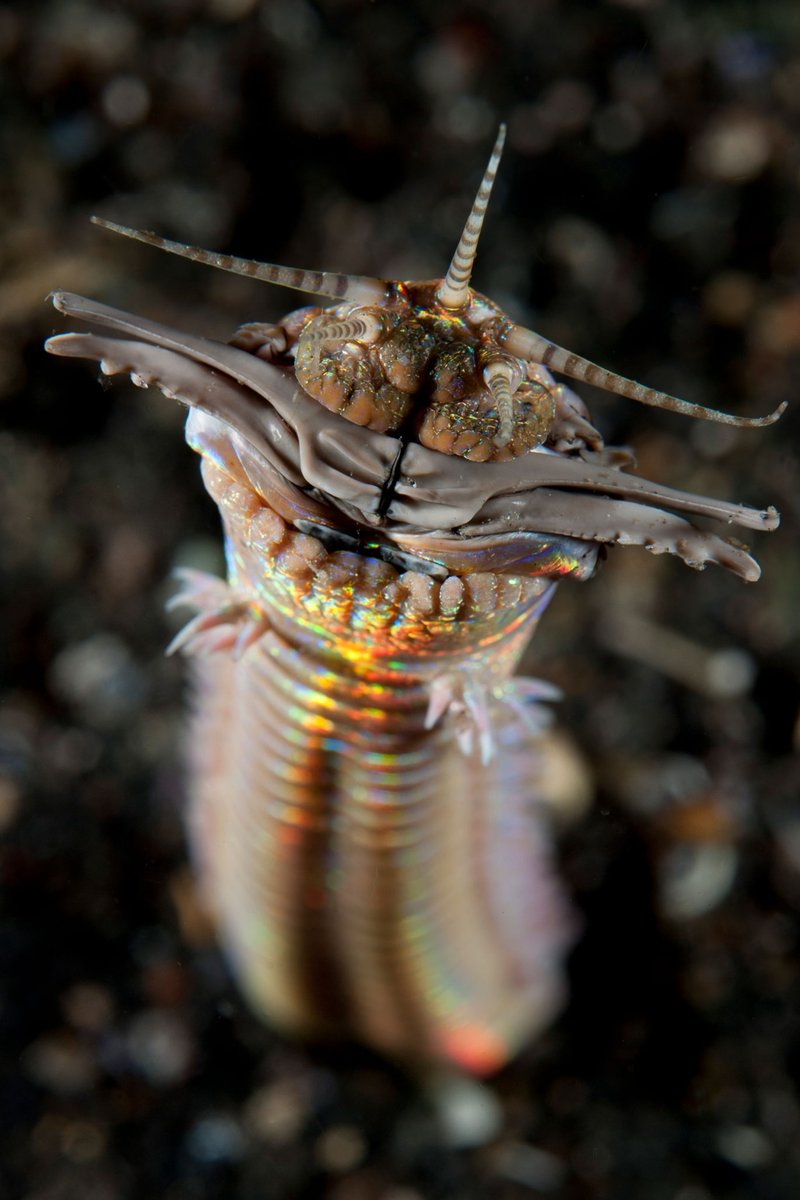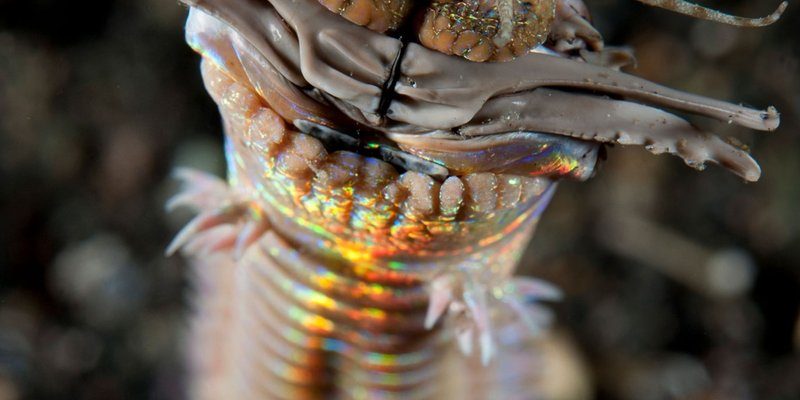
Imagine a creature that resembles a colorful, segmented monster, stretching out of its burrow to snag its next meal. That’s the giant bobbit worm for you! They can grow to astonishing lengths and boast vibrant hues that can take your breath away. If you’re curious about where these worms are found and just how large they can grow, you’re in the right place. We’ll explore documented sizes of giant bobbit worms found around the globe and look at some fascinating facts about these unique beings.
What is a Giant Bobbit Worm?
The giant bobbit worm, scientifically known as *Eunice aphroditois*, is a marine polychaete worm that can be found in tropical and subtropical waters worldwide. You might be tempted to call them just “worms,” but these creatures are far from ordinary. They can reach lengths of up to 10 feet and can vary in color, often showcasing vibrant greens, blues, and reds. Their long, segmented bodies are equipped with sharp jaws, making them efficient predators in their underwater habitat.
You might be wondering how they hunt. Bobbit worms are ambush predators, lying in wait in their burrows until prey swims by. With lightning speed, they extend their long bodies to grab unsuspecting fish or crustaceans. It’s like a game of underwater hide and seek, but with a rather deadly twist!
Sizes of Giant Bobbit Worms: The Documented Record
Giant bobbit worms come in a range of sizes, depending on their age and environmental factors. The average length of these worms can vary, but it’s not uncommon to hear of individuals reaching 3 to 5 feet long. However, larger specimens of up to 10 feet have been documented! This variation in size can occur due to factors like water temperature, availability of food, and habitat conditions.
For example, in some regions where food is abundant, giant bobbit worms may grow larger as they have more resources to support their growth. In contrast, in harsher environments, their growth might be stunted. The largest recorded giant bobbit worm was found off the coast of the Philippines, measuring an impressive 11 feet long!
Regions Where Giant Bobbit Worms Are Found
Giant bobbit worms can be found in various locations around the world. They thrive in warm, sandy substrates along coral reefs, often found at depths ranging from about 10 to 30 meters (32 to 98 feet). Some of the notable regions include:
- Coral reefs of the Red Sea
- Coastal waters of Southeast Asia, including the Philippines and Indonesia
- Areas around the Caribbean Sea
- Coastal waters of Australia
These locations provide the ideal environment for giant bobbit worms, allowing them to thrive and grow. For anyone interested in marine biology or just a lover of the ocean, these regions are teeming with life, and spotting a giant bobbit worm can be a thrilling experience.
Hunting and Feeding Habits
Giant bobbit worms are fascinating hunters. Their method of attack is like a well-rehearsed performance. They wait patiently in their burrows, often camouflaged against the sea floor. When a fish or another morsel ventures too close, the worm strikes with incredible speed, using its sharp jaws to seize its prey.
Here’s the thing: While this predatory behavior is awe-inspiring, it also highlights the unique adaptations of the bobbit worm. Their jaws are not only sharp but also highly flexible, allowing them to grasp and even immobilize larger prey. It’s crucial for their survival and growth, especially in their competitive underwater environment.
The Color and Appearance of Giant Bobbit Worms
One of the most striking features of giant bobbit worms is their vibrant coloring. They can sport a variety of shades, which helps them blend into their surroundings, making them effective ambush predators. For example, a bright green bobbit worm might blend seamlessly with the algae on a coral reef, while a vibrant red one might be hidden among various corals.
Their appearance is not just for camouflage; it also makes them a sight to behold. Marine enthusiasts and divers often find themselves captivated by the beauty of these worms, snapping photos to share. So, the next time you’re at the beach, keep an eye out—you never know when you might spot one of these colorful creatures!
Impact on Marine Ecosystems
Giant bobbit worms play an essential role in marine ecosystems. As predators, they help control the population of smaller fish and invertebrates, maintaining a healthy balance in their environment. Their presence can indicate a healthy ecosystem, as they thrive in areas rich in biodiversity.
However, the health of their populations can also be affected by human activities, like overfishing or habitat destruction. This makes it even more important to protect their natural habitats. Preserving the ocean’s biodiversity ensures that these incredible creatures continue to flourish for generations to come.
Giant bobbit worms may seem like mysterious creatures lurking in the ocean’s shadows, but they’re an essential part of our marine ecosystems. Their impressive sizes and distinct hunting strategies make them not only fascinating to study but vital to the balance of underwater life.
Next time you’re by the ocean, take a moment to appreciate the hidden wonders beneath the waves. From their vibrant colors to their unique hunting techniques, giant bobbit worms remind us that the ocean is full of surprises. Whether you’re a marine biologist or an everyday beachgoer, these intriguing worms are worth knowing about!

